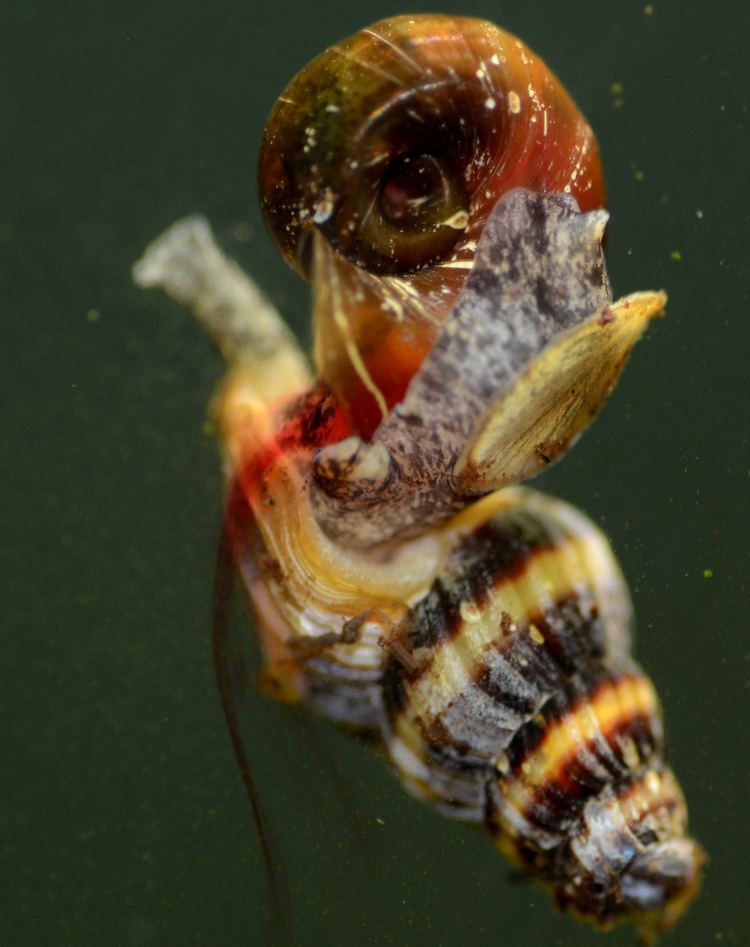Kingdom Animalia Superfamily Buccinoidea Genus Clea Scientific name Clea helena Rank Species | Phylum Mollusca Family Buccinidae Subgenus Anentome Higher classification Clea | |
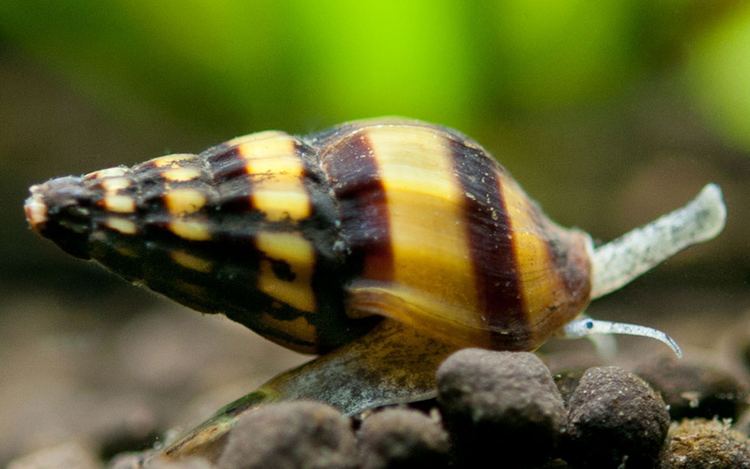 | ||
Similar Gastropods, Clea, Planorbarius corneus, Pomacea bridgesii, Red‑rimmed melania | ||
The assassin snail clea helena species spotlight
Clea helena or assassin snail is a species of freshwater snail with an operculum, an aquatic gastropod mollusk in the family Buccinidae, the true whelks, most of which are marine.
Contents
- The assassin snail clea helena species spotlight
- Assassin snail clea helena formerly anentome helena
- Distribution
- Feeding habits
- Characteristics
- Reproduction
- References
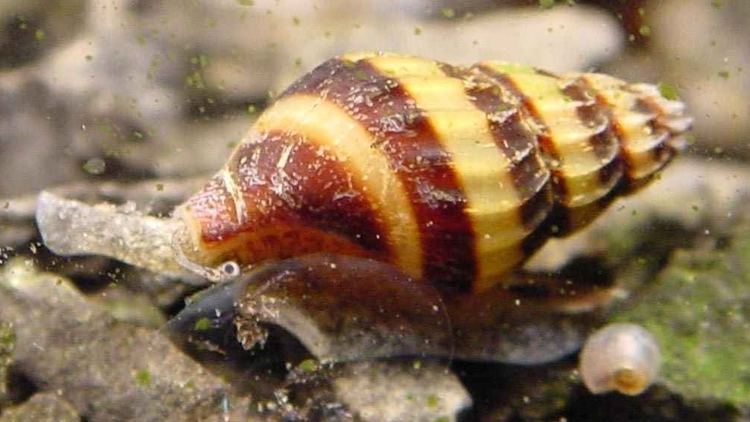
Assassin snail clea helena formerly anentome helena
Distribution
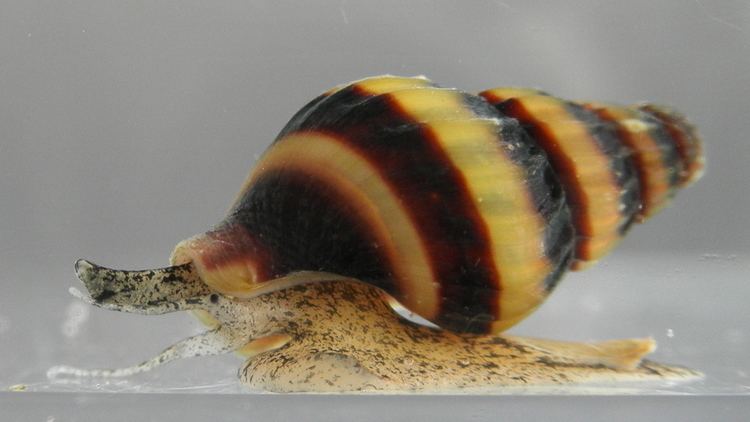
This species occurs throughout southeast Asia, especially in Malaysia, Thailand, and in Lake Toba on the Indonesian island Sumatra.
Feeding habits
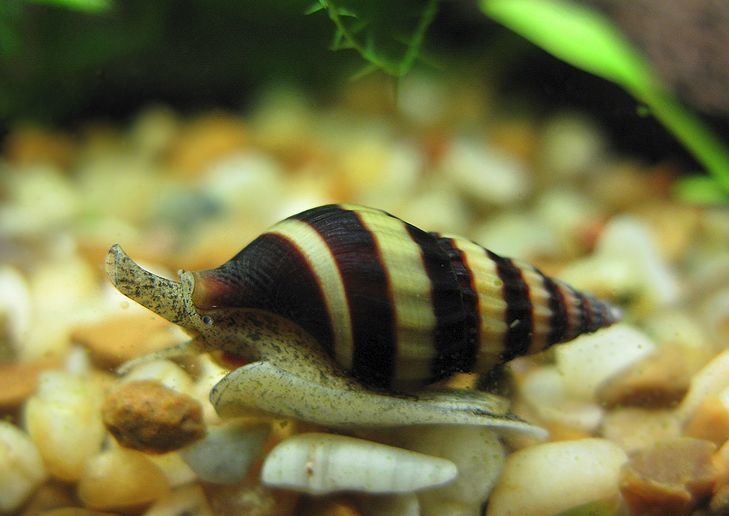
Like all snails in the clade Neogastropoda, this species is carnivorous. It feeds on worms and gastropods, and is often known as the "assassin snail" for its habit of eating other snails. These snails will often feed on larger snails, often burying themselves and ambushing their prey.
Clea helena may be a serious threat to native freshwater gastropods in countries, when introduced.
Characteristics
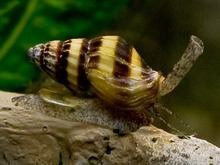
This snail will typically grow to 0.7-1.25 in (20-35 mm) in size depending on food sources, usually smaller in the aquarium. The shell, which is conical in shape, consists of dark brown and yellowish tan bands, leading to some people to refer to this snail as the bumble bee snail, a name also applied to the marine snail Engina mendicaria. The snails will spend much of their time buried in their substrate. They are least active during mid day, however they can sense food and will become active if fed.
Reproduction

Clea helena consists of defined male and female individuals which are not hermaphroditic. Currently it is not known how to identify which is male and which is female. Both males and females seem to be the same size and shape. When a male and female mate, they lock together for many hours. The female lays several clear egg capsules which are square in shape and approximately 1.0 to 1.5mm in width and height. Each egg capsule contains a single small yellow egg. The egg capsules are generally laid on solid surfaces such as plastic and often on the base of plants. Fertile eggs usually hatch within a few weeks.
